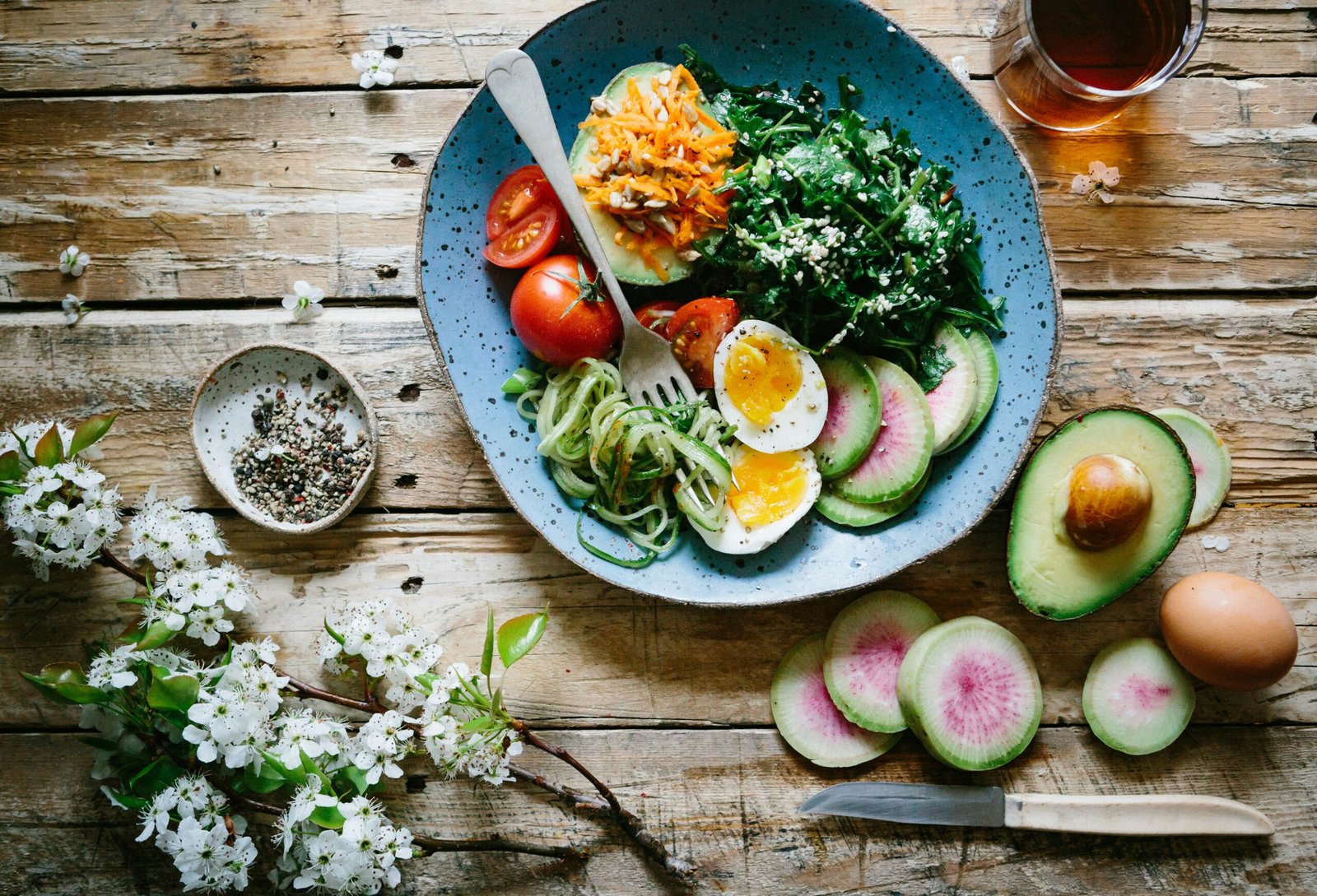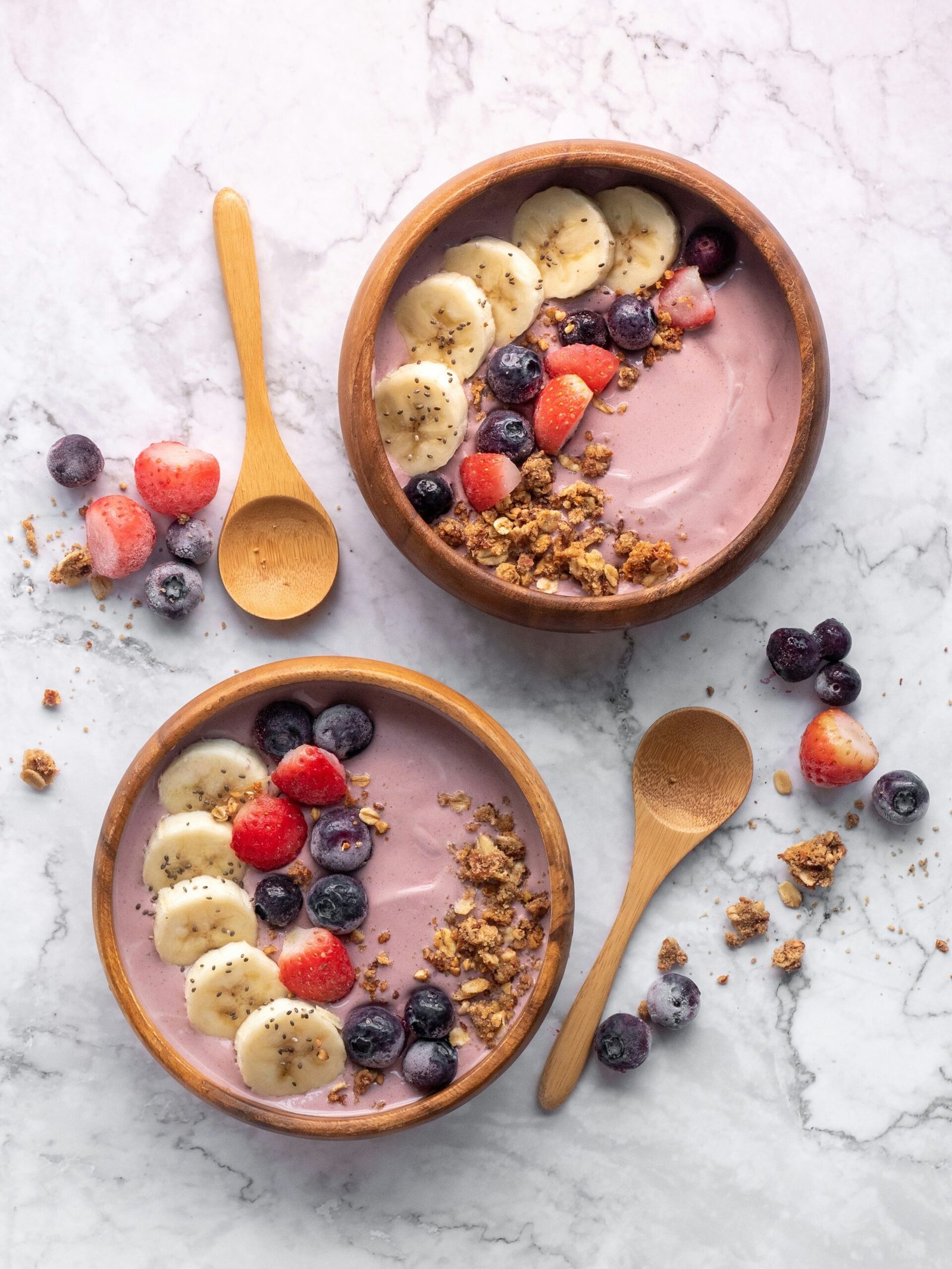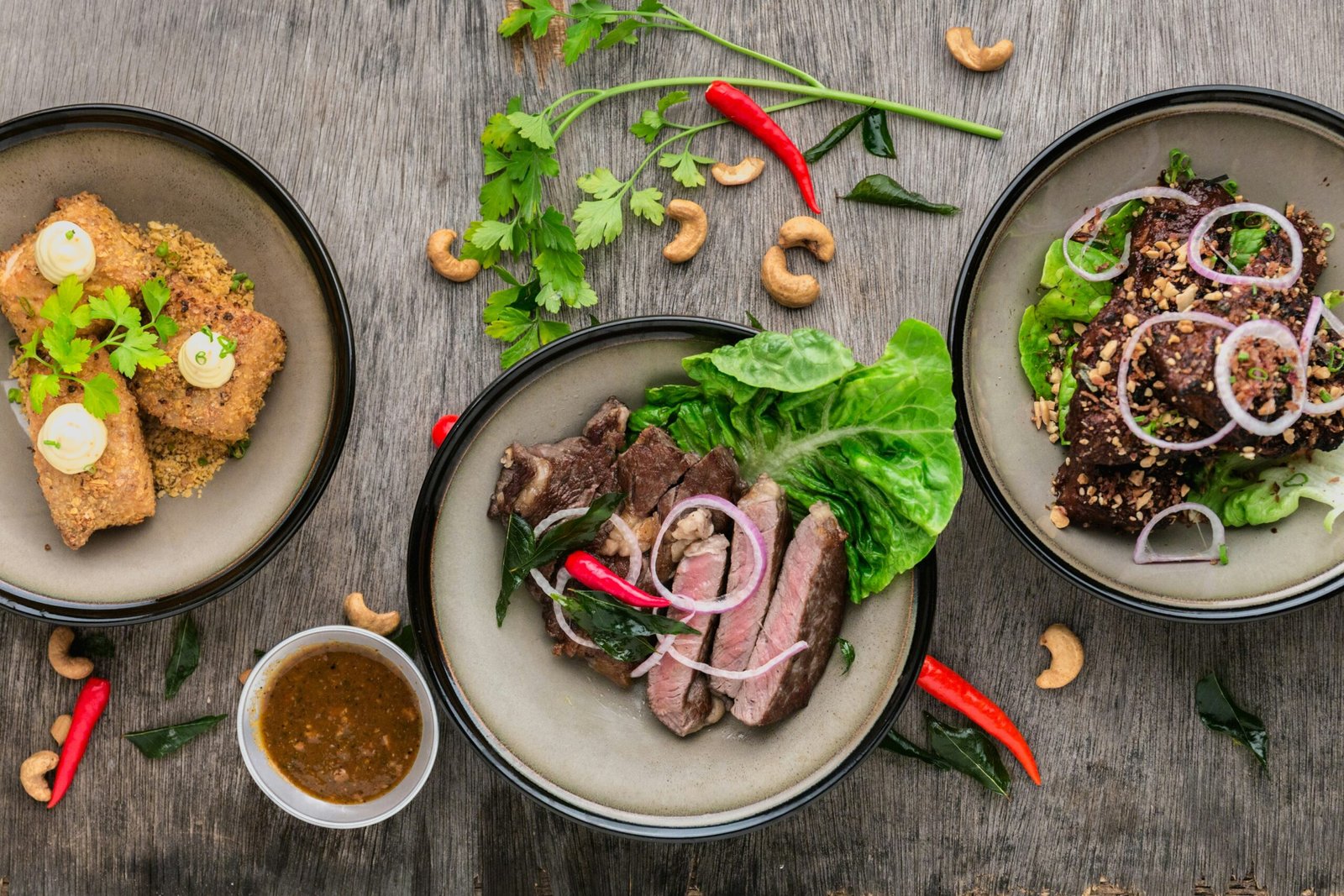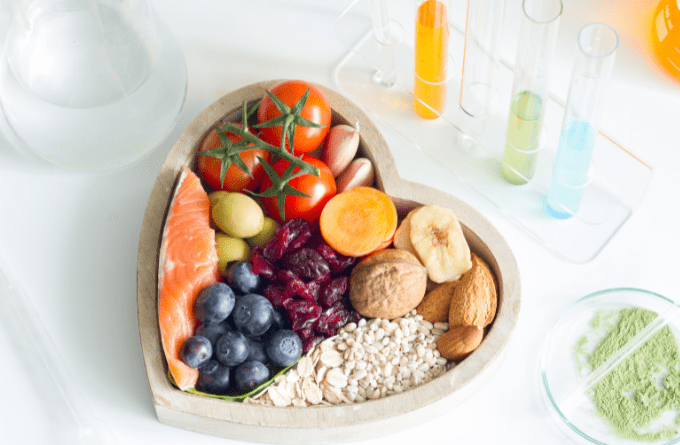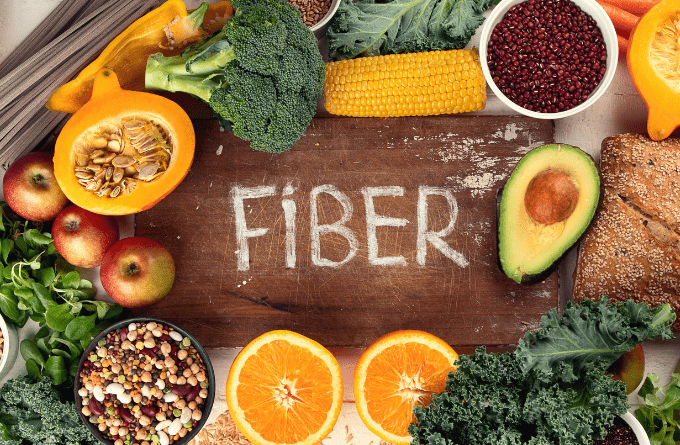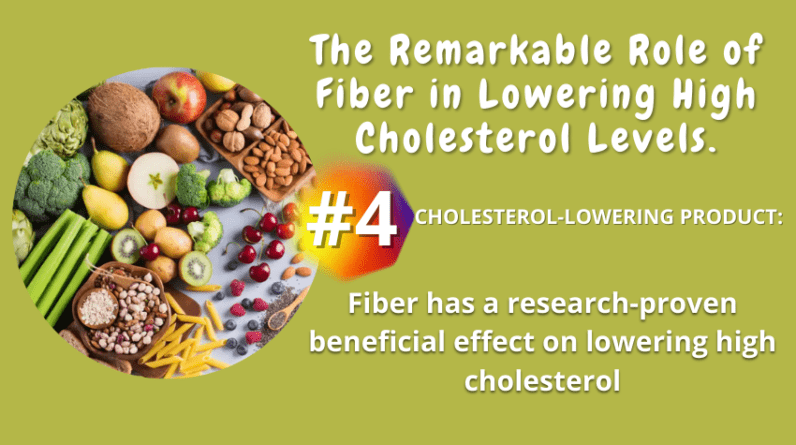
# 4. Fiber.
Fiber has a research-proven beneficial effect on lowering high cholesterol. Pay particular attention to such foods as oat and barley flakes, pears and apples with skin, carrots, dried plums, legumes (beans, peas soybeans, lentils), or multi-grain cereal products (wholemeal pasta, coarse groats, unpolished rice).
Discover how fiber fights high cholesterol! Learn about foods that lower LDL levels in this informative guide.
In the quest for better health, it’s no secret that keeping our cholesterol levels in check is crucial. High cholesterol, especially the low-density lipoprotein (LDL) cholesterol often referred to as “bad cholesterol,” can contribute to various cardiovascular issues. However, nature has provided us with a powerful ally in the battle against high cholesterol – fiber. Yes, you read that right! Fiber, found abundantly in certain foods, has a research-proven beneficial effect on lowering high cholesterol. In this article, we will delve into the fascinating world of cholesterol, the role of fiber, and highlight specific foods that can make a positive impact on your cholesterol levels.
Understanding Cholesterol: The Good and the Bad
Cholesterol is a waxy, fat-like substance present in your blood. It plays a crucial role in building healthy cells, but an excess of cholesterol can lead to plaque buildup in your arteries, increasing the risk of heart disease and stroke. There are two main types of cholesterol: LDL cholesterol (the “bad” kind) and high-density lipoprotein (HDL) cholesterol (the “good” kind). It’s essential to strike a balance between these two types to maintain optimal heart health.
Discover the Top 10 Cholesterol-Lowering Foods:
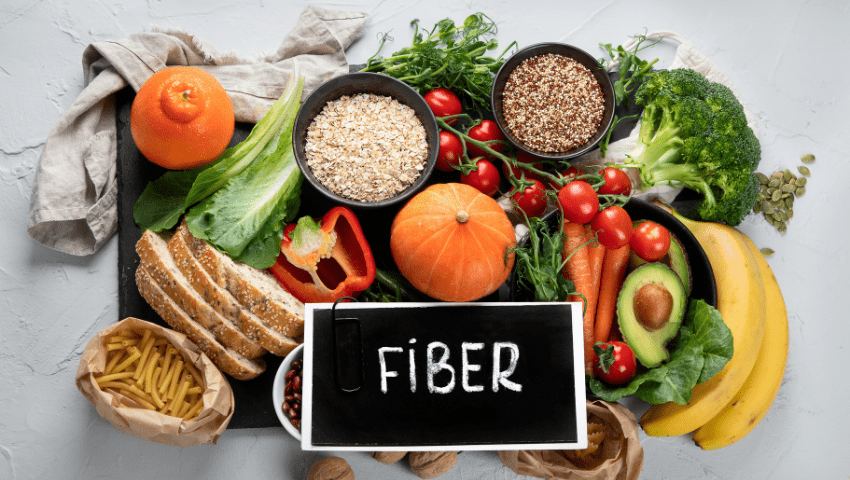
Interesting Fact
Did you know that high cholesterol doesn't typically show obvious symptoms? It's often referred to as a "silent" condition, quietly impacting your cardiovascular health. Incorporating fiber-rich foods into your diet can be an effective way to proactively manage high cholesterol levels and promote heart well-being.
The Fiber-Cholesterol Connection
Fiber, often celebrated for its digestive benefits, has an additional superpower – it can help regulate cholesterol levels. Scientific studies have shown that certain types of fiber can effectively reduce LDL cholesterol, thereby lowering the risk of heart disease. The soluble fiber found in foods like oat and barley flakes, fruits like pears and apples (with their skin), carrots, dried plums, legumes (beans, peas, soybeans, lentils), and multi-grain cereal products such as wholemeal pasta, coarse groats, and unpolished rice are particularly good sources of fiber that can aid in this process.
How Fiber Works Its Magic
The mechanism behind fiber’s cholesterol-lowering effect is quite remarkable. Soluble fiber acts like a sponge in your digestive tract, binding to cholesterol molecules and preventing them from being absorbed into your bloodstream. Instead, the cholesterol is excreted from your body, leading to a reduction in LDL cholesterol levels. This not only helps lower cholesterol but also contributes to a healthier cardiovascular system.
Useful Information
When it comes to high cholesterol, it's not just about cutting out certain foods – it's also about embracing the right ones. Foods high in soluble fiber, like oat and barley flakes, act like natural sponges in your digestive system, helping to whisk away excess cholesterol and prevent its absorption into the bloodstream.
Foods That Pack a Fiber Punch
Let’s take a closer look at some of the fantastic fiber-rich foods that can play a pivotal role in your journey to lower cholesterol:
Oats and Barley Flakes: A Hearty Start to Your Day
Starting your morning with a bowl of oat or barley flakes isn’t just delicious; it’s a heart-smart choice. These grains are loaded with soluble fiber, which actively works to reduce LDL cholesterol levels. Plus, they provide a satisfying and energy-boosting breakfast.
Pears and Apples with Skin: Nature’s Edible Gems
The saying “an apple a day keeps the doctor away” holds true for more reasons than one. The skin of pears and apples contains substantial fiber, including pectin, which has been linked to cholesterol reduction. Munching on these fruits as a snack or incorporating them into your meals can contribute to a healthier lipid profile.

Carrots: Crunch Your Way to Cardiovascular Health
The vibrant orange hue of carrots isn’t just visually appealing; it signifies the presence of beta-carotene and, of course, fiber. Carrots can be a crunchy and nutritious addition to your salads and snacks while aiding in cholesterol management.
Legumes: Tiny Packages of Nutritional Power
Beans, peas, soybeans, and lentils are legumes that deserve a special place on your plate. These tiny powerhouses are brimming with protein, minerals, and, importantly, soluble fiber. Incorporating legumes into your diet can help improve cholesterol levels while providing a plant-based protein boost.
Fiber's Role in Heart Health
Soluble fiber does more than just tackle high cholesterol; it's a heart's best friend. Not only does it assist in reducing LDL cholesterol, but it also contributes to stabilizing blood sugar levels and supporting a healthy weight – all essential aspects of cardiovascular wellness. So, that morning bowl of oatmeal isn't just a comforting ritual; it's a step towards a healthier heart.
Multi-Grain Cereal Products: Wholesome Choices
When opting for grains, go for the whole package. Multi-grain cereal products like wholemeal pasta, coarse groats, and unpolished rice retain their fiber-rich bran and germ, making them valuable assets in your quest to lower cholesterol.
Red Yeast Rice: Nature’s Cholesterol Fighter
While discussing foods that lower cholesterol, it’s worth mentioning red yeast rice. Derived from rice that has been fermented with a type of yeast called Monascus purpureus, red yeast rice contains compounds that may help manage cholesterol levels. It has been used for centuries in traditional Chinese medicine and has gained recognition for its potential benefits.
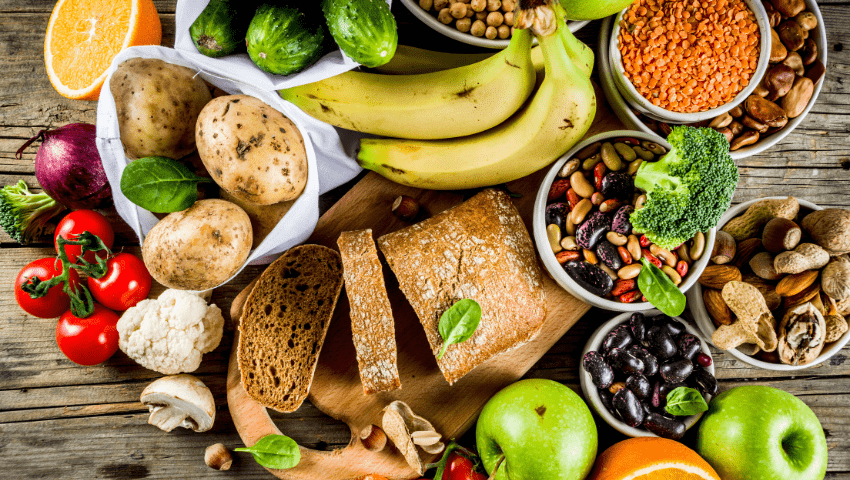
Embracing Fiber: A Heart-Healthy Path to Overcoming High Cholesterol.
In the realm of health and wellness, the battle against high cholesterol takes center stage as we strive for robust cardiovascular well-being. This journey has led us to a remarkable ally – fiber. Throughout this article, we’ve delved into the intricate relationship between fiber and cholesterol, unearthing the profound impact that certain dietary choices can have on our lipid profiles.
As we conclude our exploration, it becomes abundantly clear that the incorporation of fiber-rich foods into our diets is a potent strategy in the quest to combat high cholesterol. The science behind soluble fiber’s ability to bind with cholesterol molecules and escort them out of the body is nothing short of awe-inspiring. This natural mechanism, backed by rigorous research, underscores the power of embracing nature’s offerings to enhance our health.
From the heartwarming bowl of oat and barley flakes that kickstarts our mornings to the crisp crunch of apples and pears with their skin, each bite is an investment in our heart’s vitality. Legumes, those tiny nutritional powerhouses, and the wholesome embrace of multi-grain cereal products, further solidify the notion that our dietary choices can wield transformative effects.
Fueling Good Cholesterol
It's not just about lowering LDL cholesterol; it's also about nurturing HDL cholesterol, the "good" kind that helps remove excess cholesterol from your bloodstream. Research suggests that diets rich in fiber can have a positive impact on HDL cholesterol levels, providing a dual benefit for heart health.
Even the intriguing red yeast rice, a testament to ancient wisdom, emerges as a potential player in the battle against high cholesterol. As we tread this path, it’s essential to remember that while fiber-rich foods play a crucial role, they are not solitary actors. Our journey to holistic heart health also entails staying active, maintaining a balanced diet, and consulting healthcare professionals when needed.
In a world that offers a plethora of dietary options, it’s heartening to recognize that nourishing our bodies need not be a complex endeavor. By incorporating these fiber-rich foods into our meals, we not only savor their flavors but also cultivate a harmonious relationship with our heart’s well-being. As we bid adieu, let’s embrace the knowledge gained and embark on a future where high cholesterol finds itself countered by the fiber-infused choices we make. Remember, a heart nurtured by wholesome nutrition is a heart fortified against the challenges of high cholesterol, paving the way for a life lived to the fullest. So, let’s raise our forks to health, vitality, and a heart empowered to flourish.
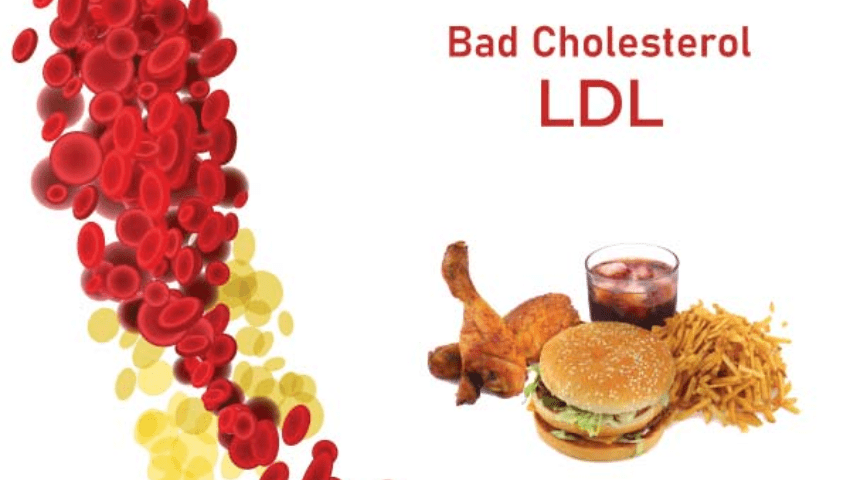
FAQs About Cholesterol and Fiber
Q1: What is LDL cholesterol, and why is it considered bad?
A1: LDL cholesterol, or low-density lipoprotein cholesterol, is often referred to as “bad” cholesterol because high levels of it can lead to the buildup of plaque in your arteries, increasing the risk of heart disease.
Q2: How does fiber help lower cholesterol?
A2: Soluble fiber in foods like oats, barley, and fruits binds to cholesterol molecules in the digestive tract, preventing their absorption and promoting their excretion from the body.
Q3: Can I rely solely on fiber to manage my cholesterol?
A3: While fiber is a powerful tool, it’s essential to adopt a holistic approach to heart health, including a balanced diet, regular exercise, and, if necessary, medication as prescribed by a healthcare professional.
Q4: Are there any side effects of consuming red yeast rice?
A4: Red yeast rice supplements may cause side effects or interact with other medications. It’s crucial to consult a healthcare provider before adding them to your regimen.
Q5: Is all cholesterol bad for you?
A5: No, cholesterol is essential for various bodily functions. HDL cholesterol, often called “good” cholesterol, plays a role in removing excess cholesterol from your bloodstream.
Q6: Can high cholesterol be managed solely through diet?
A6: While a healthy diet, including fiber-rich foods, can significantly contribute to managing high cholesterol, factors like genetics and lifestyle also play roles. Consult a healthcare professional for a comprehensive approach.
Q7: How does exercise complement a fiber-rich diet in lowering cholesterol?
A7: Regular physical activity helps raise HDL (“good”) cholesterol levels and supports overall heart health. Combining exercise with a fiber-rich diet enhances the effectiveness of cholesterol management.
Small Changes, Big Impact
Making dietary adjustments to combat high cholesterol doesn't have to be a complete overhaul. Simple swaps, like choosing whole grain options and adding more fruits and vegetables to your meals, can cumulatively make a substantial difference. These changes not only aid in lowering LDL cholesterol but also contribute to an overall healthier lifestyle.
Q8: Are there other benefits to consuming foods high in soluble fiber?
A8: Absolutely, foods rich in soluble fiber promote healthy digestion, stabilize blood sugar levels, and contribute to weight management, making them a holistic choice for overall well-being.
Q9: Are there specific cooking methods that retain the fiber content in foods?
A9: Yes, opting for steaming, baking, or eating foods raw helps preserve their fiber content. Avoid overcooking, which can lead to nutrient loss, including soluble fiber.
Q10: Can children benefit from a fiber-focused diet to prevent high cholesterol?
A10: Absolutely, instilling healthy eating habits early can have long-lasting benefits. Including fiber-rich foods in a child’s diet can contribute to a healthy heart and overall wellness later in life.
In conclusion, the journey to lower cholesterol levels can be paved with delicious and nutritious fiber-rich foods. From oats and barley flakes to pears with skin and legumes, these dietary choices can contribute to better heart health by reducing LDL cholesterol. Remember, small changes in your diet can lead to significant improvements in your overall well-being. So, why wait? Embrace the goodness of fiber and take a proactive step towards a healthier heart.


